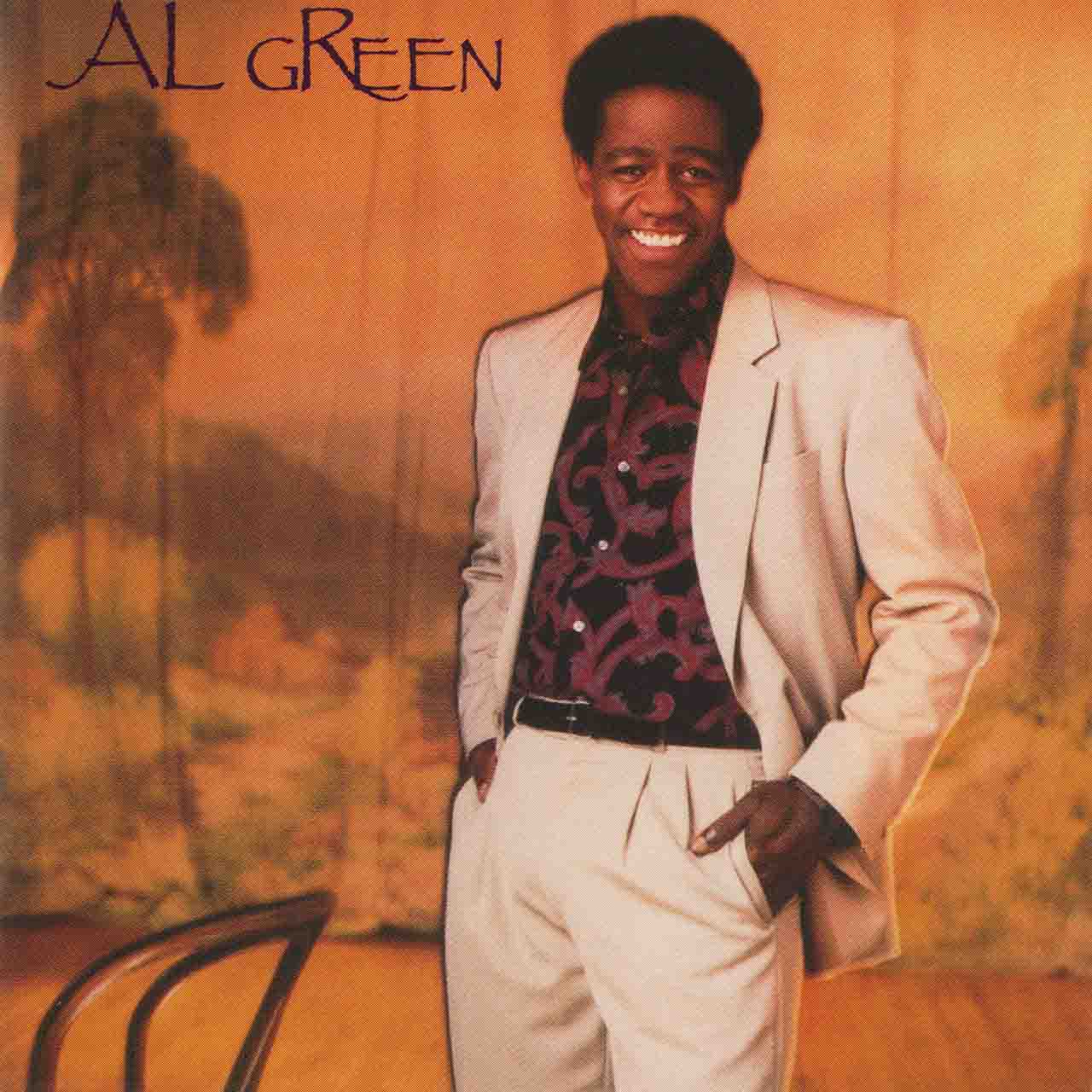With hits like “Let’s Stay Together” and “I’m Still In Love With You,” Al Green had established himself as a legend, scoring pop hits in the early 70s with his Memphis-soaked brand of soul. Green invoked an undeniable spirituality into the most sensual music, something that became increasingly noticeable when he had a conversion experience after a performance at Disneyland in 1973 and became what he described as a “born-again Christian.” He began recording gospel songs on his secular albums through the decade’s end, until he finally decided to leave his pop career to pastor and sing gospel exclusively in 1980.
Critics complained of his first gospel albums for Myrrh Records that the hymns and traditional gospel songs made it challenging for “the non-believing listener to make a one-to-one identification with the singer.” So when his tenure with the label – which had earned him five Grammy Awards – ended in 1984, Green signed with A&M Records, signaling a desire to do things differently. He told Newsweek, “I was interested in becoming an A&M artist. You need to get the word out to as many people as possible. We’ve been trying to open some broader doors for gospel music.” Green’s three albums for A&M, which all earned Grammy Awards, were important projects that helped him strike a balance between the sacred and the secular.
He is the Light (1985)
He is the Light reunited Green with producer Willie Mitchell, with whom he’d recorded the songs that put him in the spotlight in the first place. Green’s last Myrrh album, Trust in God, had seen him returning as a songwriter, penning five of the album’s ten songs, and, likewise, He is the Light showcased five more of Green’s compositions. Mitchell wisely invoked the sound that Green was famous for, most notably on “Power” and “I Feel Like Going On,” heavy with punchy horn lines and searing strings reminiscent of his Hi Records catalog. Green also brought the sauce on his cover of The Soul Stirrers’ Sam Cooke-led classic, “Be With Me Jesus.”
Rolling Stone praised the album, writing “Green and Mitchell…have perfectly recaptured the magical sound of ‘Let’s Stay Together,’ ‘Livin’ For You’ and the like.” Green remained ambivalent when critics felt that He is the Light might lead to a return to pop. “You can’t go back and forth like that,” Green insisted to Rolling Stone. “That’s an unstable-minded person. You pick a thing and stick it out if you think that’s what you’re called to do.”
Listen to Al Green’s He is the Light now.
Soul Survivor (1987)
By 1987, Green clearly was letting his ideas evolve about his direction. He told Billboard that when an A&M executive asked how to describe the new album, he told him, “‘We’re not going to call it gospel, we’re not going to call it Christian, we’re not going to call it secular. We’re going to call it Al Green.’”
The album’s first single, “Everything’s Gonna Be Alright,” marked his first entry on the R&B charts in a decade. He also covered inspirational staples like Carole King’s “You’ve Got a Friend,” accompanied by Billy Preston, and “He’s Not Heavy, He’s My Brother.” Green said, “That Carole King song is for a higher love. We didn’t try to fabricate and put ‘Lord’ in there because we’re a Christian act. We just sang the song straight like the song is. And it fits perfectly.”
Listen to Al Green’s Soul Survivor now.
I Get Joy (1989)
When “As Long as We’re Together,” the first single from I Get Joy sailed into the Top 30 of Billboard’s Hot Black Singles chart, many couldn’t believe what they were hearing. Mixed by Al B. Sure!, the dance-oriented, radio-ready single was controversial to Green’s gospel base and a shock to R&B lovers who couldn’t fathom that the cut came from his latest gospel effort. Green told Cosmopolitan, “I sang gospel music as a child, then wrote and sang pop songs for ten years before I was born again in 1973. I’ve never known what the dividing lines were and still don’t.”
The album’s most dynamic moment was his cover of “Mighty Cloud of Joy,” popularized by B.J. Thomas in the 70s. He growls, squeals, and tours the terrain of his range with abandon, rendering one of the most inspired vocal performances from his 80s catalog. The gospel was interwoven with three new songs about love. “This album is an extension from gospel to ‘Love and Happiness’ to contemporary gospel and I’m going on up. I’m made spiritual and I’m made physical…it’s time to take it up to a higher elevation. People may not understand… but my ideal is not to satisfy the appetite of the person who’s already saved. I’m reaching out.”




